Over the Circle (OtC) is a site dedicated to news, politics and current affairs in the Arctic region.
Comment: A Trip Around the Circle – Living the Legacy of Fridjof Nansen
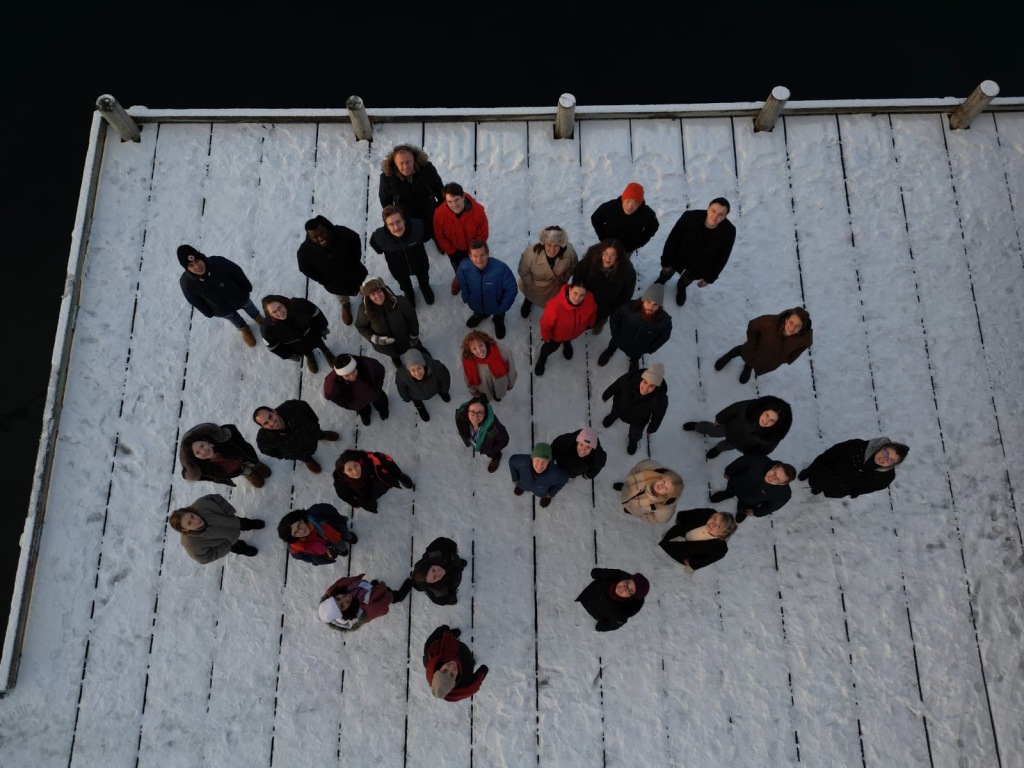
By Larry Ibrahim Mohammed, PhD Research Fellow, UiT- The Arctic University of Norway
I often recount the story of my love affair with the Arctic when asked about my activities in the Arctic. The main point of the story lies in my journey from Ghana to the Arctic, initially unaware of its geophysical wonders- long winters, Northern Lights, and the endless daylight of the midnight sun. At the same time, these features, and the opportunities the Arctic presented, became the adhesive binding me to it.
The year 2023 saw one of my pivotal engagements in Arctic programs, capping it off with an excursion to Iceland and the Faroe Islands, courtesy of the Nansen Professorship Program. This experience prompted me to reflect on the legacy of Fridtjof Nansen in the context of global citizenship and its significance in fostering ‘brain circulation’ [pdf].
The year began with my participation in the esteemed Emerging Leaders program 2023, and the opportunity to speak at one of the Big Picture Sessions [video] at the Arctic Frontiers “Moving North” conference in January this year. Speaking on this theme, I shared my experiences as an international resident in Norway, delving into strategies to keep young people in the Arctic and the challenges that come with that goal. Midway through the year, I joined the Calotte Academy, an international scientific forum presenting an opportunity for exchanges between young scientists and senior scientists on various Arctic issues.
In October 2023, there was the Arctic Circle in Reykjavík and the Polar Law Symposium in Torshavn. This last bouquet of experiences in Iceland and the Faroe Islands was made possible by the tenure of Rasmus Gjedssø Bertelsen, as Nansen Professor 2022-2023, who made it possible for students at the UiT-The Arctic University of Norway, and the University of Akureyri, to access funding to partake in an enriching experience.
Understanding the Arctic and the West Nordic region involves more than just reading about them; it requires immersing oneself in their surroundings. It also involves marshalling the necessary skills and collaborations among like-minded individuals and institutions to advance the course of securing the future of the Arctic. When Fridtjof Nansen first learned the vanishing of ice sheets in Greenland, he undertook a challenging journey to verify for himself with the help of locals and likeminded individuals.
Despite initial financial constraints in reachng Greenland, his expedition to the North Pole drew in the support of the Norwegian Government. Today, Nansen is revered as a pioneer in polar research, leaving an indelible mark on polar history. However, Nansen’s legacy extends beyond being a polar scientist; he was a humanist, a philanthropist, and a global citizen.

Shaped by exposure to diverse ideas during his studies in Germany and Italy, Nansen’s life highlights the importance of connecting with like-minded individuals interested in Polar issues, something akin to what Prof. Bertelsen refers to as brain circulation. He explains brain circulation in relation to acquiring education, skills, and experience abroad to use in one’s home country. I expand this understanding of brain circulation to mean acquiring, utilising, and sharing knowledge across borders by individuals not necessarily in one’s home country.
Common to the events I participated in during the year 2023 was the theme of travel and movement across diverse landscapes to meet with like-minded persons to discuss topics and issues related to the Arctic. Topics such as environmental security, sovereignty, and Indigenous Self-determination. The Emerging Leaders program took us through Bodø to Lofoten, culminating in an overnight ferry trip to Tromsø. In the Calotte Academy, we journeyed through Rovaniemi, Kiruna, Kautokeino, Alta, Kirkenes and Inari. Each Arctic town we visited unveiled its unique geography, cultural challenges, and prospects. The ‘Great Powers and Arctic Rural Areas Field Trip’ to Iceland and the Faroe Islands took us to Reykjavík, Akureyri, Bakkafjordur, Seydisfjordur and Torshavn.
These trips require a lot of financial resources to give students and young professionals the opportunity to experience the Arctic outside their knowledge from books. In the spirit of Nansen’s legacy, myself, and a group of students from Norway and Iceland had the privilege of participating in this memorable excursion, which gave us the opportunity to experience the relevance of Arctic conferences, such as the Arctic Circle Forum, and the possibility of traversing the northwestern Nordic in different modes of transport reminiscent of Nansen’s use of ships and skis.
This piece acknowledges the efforts of all the institutions that support such programs. At the same time, I make a special mention of the Nansen Professorship Excursion as it showcases a creative way of utilizing project funds to enrich the experience of many young people whose dividends may not be immediately visible.

While applauding these initiatives, it is essential to address bottlenecks hindering brain circulation in the Arctic. The Arctic is witnessing increasing diversity both at the political and research levels, necessitating continual changes in structures and regulations. Stringent visa regimes for non-citizen residents of Arctic nations continue to place a burden on young people, obstructing the free flow of ideas, expertise and access to equal opportunity. Arctic states and institutions must pay attention to these immigration bottlenecks. Institutions like the Arctic Council, which currently requires an Arctic state nationality to be engaged in official roles, must evolve to recognize and incorporate the valuable skills of non-Arctic nationals.
Nansen’s history reminds us of the importance of brain circulation and its usefulness in deepening our understanding of the Arctic. Finally, I call on other people who have access to funding opportunities to expand their activities to ensure that young people who cannot afford by themselves the cost of experiencing the Arctic have access to the funds that they have at their disposal.
Larry Ibrahim Mohammed is a Ph.D. Research Fellow at UiT- The Arctic University of Norway in Tromsø.
Greenland’s Roles in Arctic Security: Many Paths Leading to One?
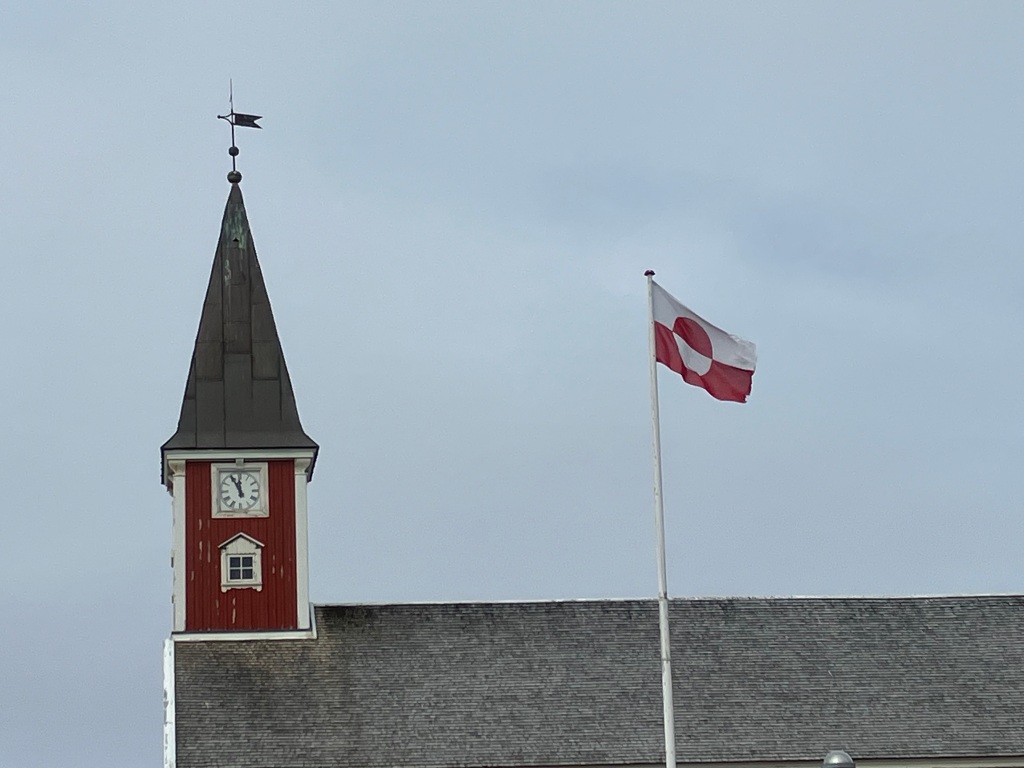
The security situation in the Arctic has continued to evolve, due to both the continuing effects of climate change and the spillover of great power rivalries northwards. Finland has been a member of NATO for almost a year. Earlier this month, after the last political obstacle to Sweden’s admission to the alliance, specifically previous opposition from the Hungarian government of Viktor Orbán, was removed, Sweden became the thirty-second member of NATO, further moving the country away from what used to be a staunch tradition of neutrality which lasted well over a century. Military cooperation between Norway and the United States has also deepened in recent years, as Oslo announced plans for significant increases in its defence budget.
Across the Atlantic, the US Department of Defence is preparing an updated Arctic strategy for release later this year, and questions persist over to what degree Russia and China may deepen their level of regional cooperation, based partially on mutual opposition to NATO’s expanded Arctic interests. The Arctic Council, under the chairship of Norway, is seeking ways of improving cooperation under these conditions, further complicated by the decision by Moscow announced that month to suspend [in Russian] its annual payments to the group until the Russian government sees that normal dialogues involving all members can resume.
Very much in the centre of these Atlantic-Arctic events is Greenland, which has found itself at the centre of much attention because of its perpetual ‘canary in the coalmine’ status for those measuring the effects of climate change and ice loss in the far north, but also because of its strategic location and its mineral wealth, which includes ‘strategic materials’ essential for high technologies and environmental applications.
Many major economies are now actively looking for alternative sources of these materials, including rare earth elements, and much of this market continues to be dominated by China, (another Arctic government, Norway, had passed controversial legislation in January this year which would allow for seabed mining of precious metals used in green technologies, despite loud opposition from environmental interests). Nuuk is now finding itself at the centre of the critical resources debate in many countries as governments seek various green transition solutions.
Greenland is part of the Kingdom of Denmark, but since the island ceased to be a Danish colony as of 1953, governmental powers have been in the process of being transferred to Nuuk. The ‘Act on Greenland Self-Government’ (Self-Rule Act) of 2009 granted Greenland further autonomy, as well as the right to self-determination including the option for eventual independence. However, Denmark retains jurisdiction of both Greenlandic defence and foreign policy, but that has not meant that the island has been a passive foreign policy actor. Various initiatives [pdf], including the 2003 Ittileq Declaration [in Danish] which gave the Greenland government equal status [pdf] to that of Copenhagen in issues regarding the then-American Air Force Base at Thule (now Pituffik).
The following year, the American and Danish governments, signed an agreement [pdf] in Igaluku, Greenland which acknowledged ‘Greenland’s contribution to the mutual security interests and its consequent sharing of the associated risks and responsibilities’ in areas regarding regional security, and allowed for extensive participation of the Greenland government in matters surrounding the American military presence on the island.
With the official opening of Greenland’s representative office in Beijing in October 2023, the island now has five such facilities, with the others being in Brussels, Copenhagen, Reykjavík and Washington. The United States and Iceland also have Consulates-General in Nuuk, and this month the European Office in the Greenlandic capital was opened with two new financial agreements in the areas of education and energy cooperation, with the latter deal covering green innovations such as hydrogen, as well as environmental protection and effective use of strategic materials.

The expansion of Greenland’s distinctive foreign and defence policies entered another stage last month with the publication of a new Arctic strategy document, ‘Grønland I verden: Intet om os, uden os – Grønlands udenrigs-, sikkerheds- og forsvarspolitiske strategi for 2024-2033 – en Arktisk Strategi’ (‘Greenland in the World: Nothing About Us, Without Us – Greenland’s Foreign, Security and Defence Policy Strategy for 2024-2033 – An Arctic Strategy’).
Danish, Greenlandic and English versions of the report can be downloaded here, (‘21.02.2024 Grønlands udenrigs-, sikkerheds- og forsvarspolitiske Strategi for 2024-2033’)
The paper was the first of its kind to be published since 2011, and reflected [in Danish] the far more complicated security milieu Nuuk is now finding itself in. The plan was supported [in Danish] by four of the five parties currently holding seats in the Greenlandic parliament, or Inatsisartut, including the two largest parties Inuit Ataqatigiit and Siumut, (the populist party Naleraq was the lone holdout).
The need for Greenland to be at the centre of decisions regarding the island’s foreign policy and security concerns was very much a recurring theme in the document, as well as the desire of the Greenlandic government to achieve independence and play a more robust role in international discourses both within the Arctic and beyond. The paper stressed the need to improve Greenland’s connectivity, especially with neighbours like Canada, Iceland, and the United States, but also with essential markets in East Asia, including China, suggesting that the island was seeking a shift to a more non-aligned approach to foreign relations, especially trade issues.
In the wake of the 2019 debacle created when the US government under Donald Trump sought to purchase Greenland, the response from Greenland authorities was that the island was not for sale, but it was open for business. This has meant that Nuuk is seeking a myriad of different trade partners within the Arctic and beyond.
The document notes the more difficult strategic atmosphere in the Arctic, and the growing presence of non-traditional security threats, including attacks on economic targets and infrastructure, as well as cyberattacks. Nuuk is seeking to respond to the developments with various initiatives such as the improvement of search and rescue capabilities, a local coast guard, and further protections of domestic actors and external supply chains.
Russia was only briefly mentioned in the document, including the decision by Nuuk to join in the European Union sanctions regime against Moscow after the full Russian invasion of Ukraine in 2022. With the Arctic now much more central to NATO interests, and renewed concerns about the vulnerability of Atlantic-Arctic maritime routes, (such as the GIUK Gap and the adjacent Bear Gap), there will be further discussions as to what roles Greenland can play in regional maritime security.

Greenland is seeking expanded economic cooperation with North America, and has encouraged the Canadian government to follow the lead of the US also set up a consulate in Nuuk, while plans have been put into motion to establish a Greenlandic representative office in Ottawa. Canada-Greenland relations were given a considerable boost after the resolution [pdf] of the longstanding dispute over the status of Hans Island / Tartupaluk in 2022. The paper also called for a deepening of Greenland-Iceland relations, building on the bilateral agreement struck in 2021, in the seafood sector and improved communications, transportation and tourism.
In addition to bilateral diplomacy, the document noted that Greenland can contribute further to the Arctic Council as well as subregional bodies as the Nordic Council as well as the United Nations, with plans announced to set up Greenland office at the UN in New York and Geneva.
Another institution of central importance is the Arctic Council, especially given that the Kingdom of Denmark is scheduled to receive the chair in May next year, with much [in Danish] debate over the degree to which Greenland should and would take the lead [in Danish] as the Kingdom develops its Council policies for its chairship. The Greenlandic government is also supporting a new regional organisation to better connect the island with its Western neighbours.
A proposed Arctic North American Forum would link Greenland with the state of Alaska along with the Northwest Territories, Nunavik, Nunavut and Yukon, all territories which make up the greater region of Inuit Nunangat, in Canada. It was explained that all these subregions face considerable obstacles in the form of underdevelopment, social and health challenges, and brain drain situations, so there is the question of how such the group could bring more localised solutions to these problems.
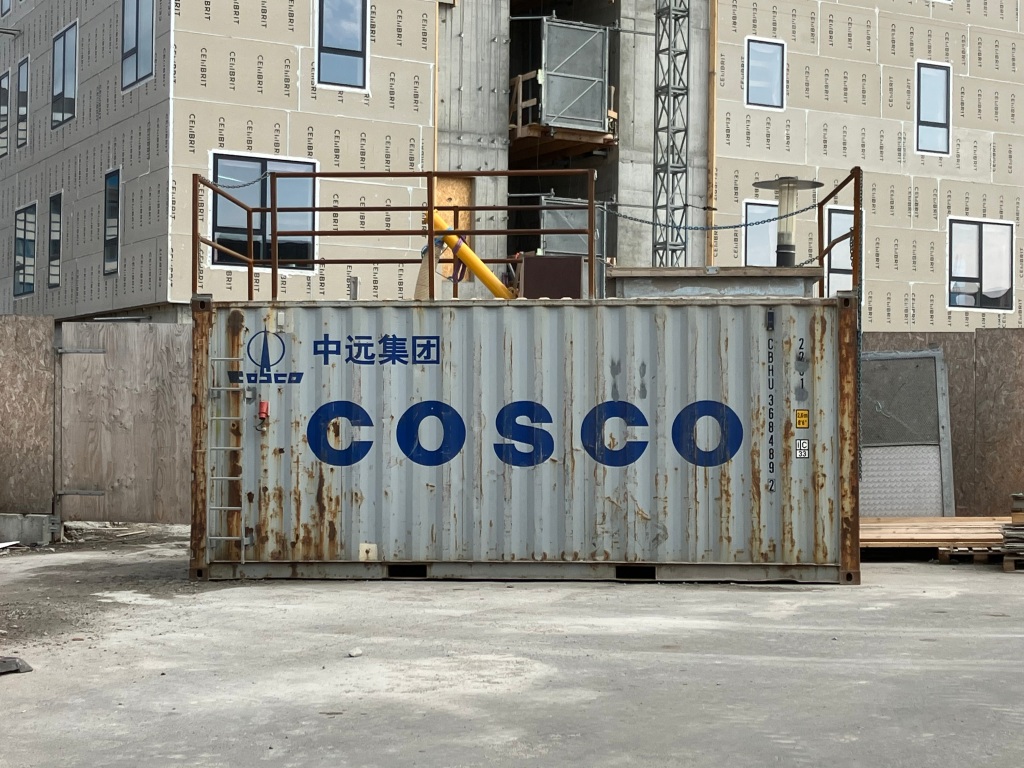
Despite ongoing concerns in both the United States in Europe about China’s economic interests in the Arctic, the policy document stressed the need for Greenland to further deepen trade relations with Beijing, as well as with other major Asian economies like Japan, India, South Korea, and ASEAN. Greenland has been seeking to widen its array of partners for seafood exports, as well as looking to Asian markets for the expansion of tourism.
The policy document did not mention the thorny issue of mining in relation to foreign investment, a sector which Chinese firms had previously been interested in co-developing on the island. As well, Japan was cited as a potential partner for peace research, (although this at a time when Tokyo has been pursuing a more robust defence strategy, including military budget increases, in light of the changed security situation in the Asia-Pacific and closer defence relations with the US and NATO).
Greenland’s strategic paper has brought together the many different strands of the island’s foreign policy interests, and will serve as a platform for future initiatives. Nuuk is facing a serious of upcoming acid tests for its foreign relations however, including the transfer of the Arctic Council chair from Norway to Denmark next May, the growing NATO presence in the far north, and potentially the aftereffects of revised American Arctic policies and the elections in November. In keeping with the title of the document, Greenland wants greater inclusion in the deliberations surrounding changed circumstances in the Arctic, as well as a stronger voice in regional strategic affairs.
New Report: ‘Cooperation, Stability and Security in the Arctic’
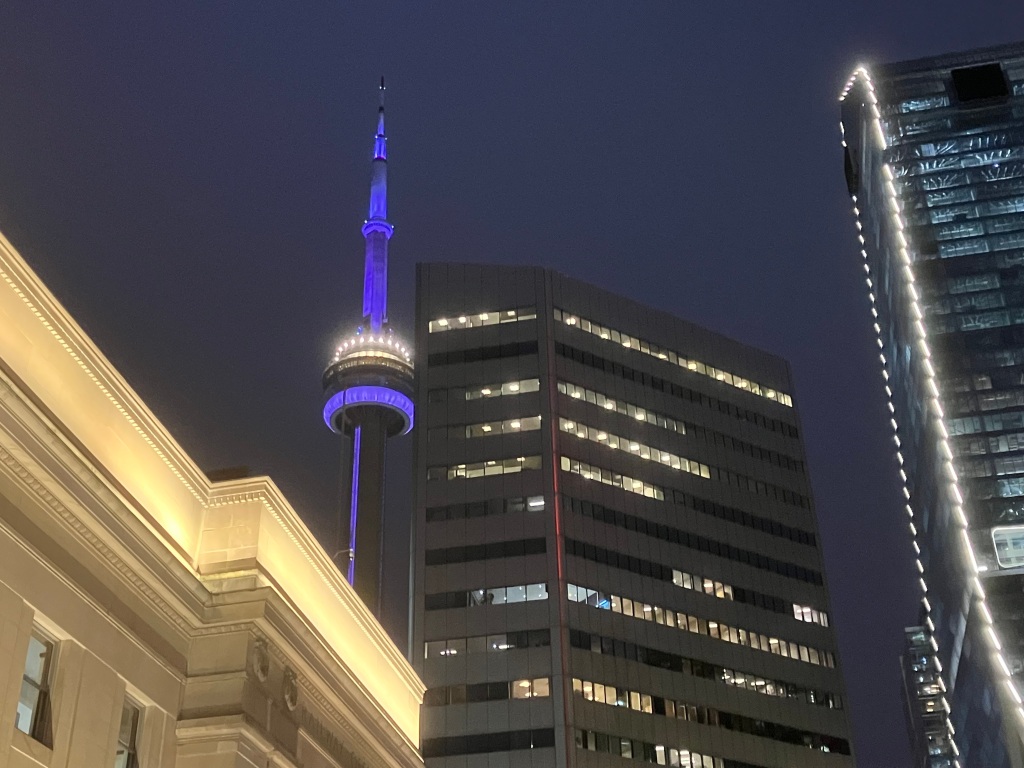
In November last year, a conference was held at Massey College, University of Toronto, on the subject of Arctic security, starting with the question of ‘How can we engage Russia in the shared pursuit of pan-Arctic security, stability, and cooperation, while still holding it to account for its egregious violation of international law in invading Ukraine?‘
Specialists from Canada and around the Arctic region spoke about how the Russian invasion of Ukraine in February 2022 has affected security concerns, including development, Indigenous affairs, militarisation, the recent expansion of NATO, the potential for far northern cooperation between Russia and China, and the future status of the Arctic Council. Marc Lanteigne, Chief Editor of OtC, was amongst the speakers.
The report from the conference has been published, and can be read online.
‘Cooperation, Stability and Security in the Arctic: Strategies for Moving Forward‘
– Massey College, Toronto, November 2023.
‘Can’t Keep My Mind From the Circling Sky’: The Take-off of Arctic Air Routes
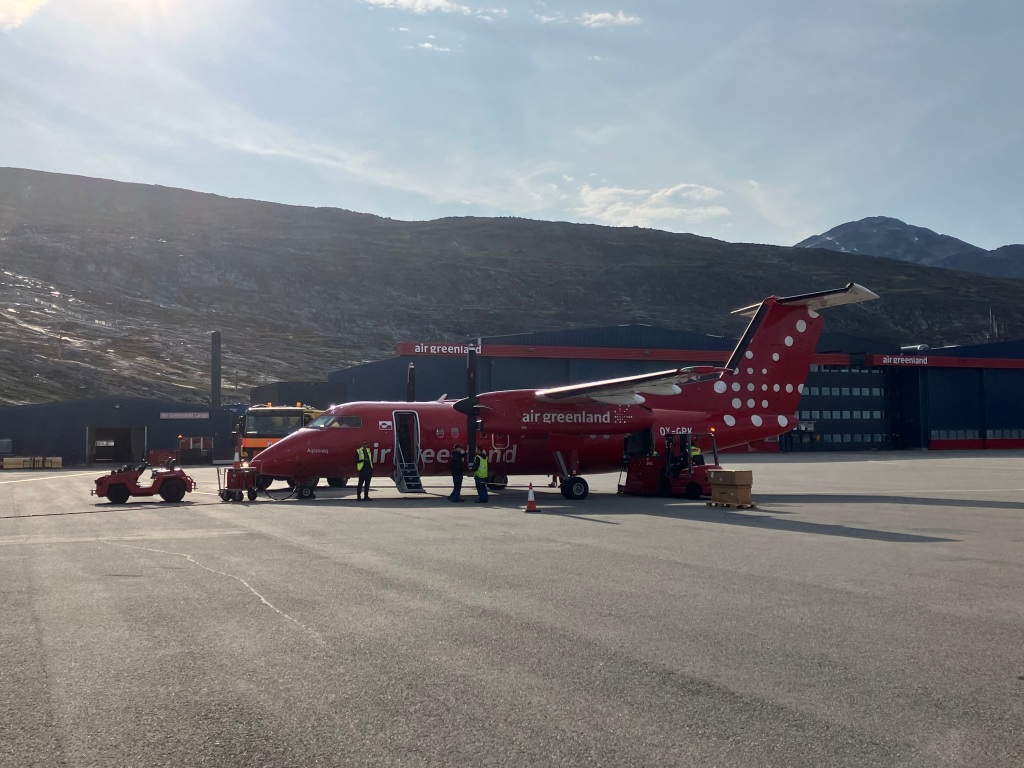
by Marc Lanteigne
It was in 1954, after two years of test flights, when Scandinavian Airline Systems (SAS) successfully began a Copenhagen to Los Angeles route over the north polar region (with stops in Kangerlussuaq, Greenland and Winnipeg), using DC6 aircraft. These trips opened up the possibility of shorter transits between Europe and North America, making use of potential new ‘great circle’ flightpaths closer to the North Pole. In 1983, Finnair, which had begun to expand its business to include Asia travel options, started the first nonstop flights via the Arctic, between Helsinki and Narita Airport in Tokyo.
With improved technology and navigational capabilities, the airspace within the Arctic Circle is being looked at with much interest by aviation businesses, especially as the far north continues to open to expanded economic activities, including tourism.
At the same time, post-cold war air routes between Europe and Asia, which made frequent use of Russian airspace, have now been closed to numerous Western airlines since the February 2022 invasion of Ukraine, while the United States, Canada, and most of Europe have all banned Russian aircraft from their airspaces. The security situation over the past two years has thus made the Arctic Circle an even more attractive alternative for transcontinental flights.
For example, since early 2022, Finnair’s Helsinki-Tokyo routes now circumvent Russia, and include flights well into the central Arctic Ocean region, (passengers along that route receive a diploma testifying that they have flown over the North Pole). This northern route takes about thirteen hours to complete, compared with nine to ten hours the pre-2022 flightpath required.

There have also been significant changes in the past year which have affected flights to Arctic destinations, responding to both consumer demand as well as closer economic cooperation between far northern governments. In Greenland, the island’s largest airport in Nuuk is currently under expansion, along with an enlargement of its runway.
This process caused a brief political stir in 2018 when the governments of Denmark and the United States worked to thwart a planned bid by a Beijing-based firm (the China Communications Construction Company, or CCCC), to finance the refurbishment of Nuuk’s airport and others on the island. Denmark would ultimately take the lead in assuming those expenses, prompting a backlash within Greenland’s coalition government at the time.
The enlargement of Nuuk Airport, as well as the facilities at Ilulissat, will affect the status of the airport at Kangerlussuaq, which has been Greenland’s main transportation hub for many years. The small town was originally the site of the American Sondrestrom Air Force Base before the site was transferred to the government of Greenland in 1992.
In April 2023, it was confirmed that the Danish military would continue to make use of Kangerlussuaq, and civilian flights would also go there, details had yet to be confirmed. It had been agreed [in Danish] by Copenhagen in Nuuk in September 2019 that the Danish Armed Forces could continue to use Kangerlussuaq. In November this year, an announcement was made that Kangerlussuaq would also be the site of a new Arctic basic training programme for Greenland residents, set to launch in 2024.
The improved facilities at Nuuk Airport are expected to be fully opened by late 2024, and carrier Air Greenland is planning new routes in anticipation of a growing number of visitors. In October 2023, the airline announced a new summer route between Aalborg and Kangerlussuaq for next year, as well as additional Greenland to Denmark flights. As well, in the wake of new interline agreements announced the same month with Canadian North, Icelandair and SAS, Air Greenland will tap into a wider array of routes connecting Europe and North America.
The Greenlandic government is hopeful that the updated airports and new routes will bolster the island’s nascent tourism industry as interest in the Arctic continues to grow, as evidenced by the visitor boom in next-door Iceland over the past two decades which was only briefly interrupted by the global pandemic.
Another Arctic air route announced this past October would be Air Greenland flights during summer months between Nuuk and Iqaluit, Nunavut. This routing had previously been attempted in 2012, at a time when there was still much regional enthusiasm about Greenland being at the centre of an Arctic economic and resource boom, prompted by changed weather conditions and growing demand for raw materials in the region. However, the flights at the time proved to be financially unsustainable, and were suspended in 2015.

It was hoped, however, that the improved air facilities at Nuuk could help make the Iqaluit run viable, and that a revival of the link could also build upon improved national and local level links between Canada and Greenland, which had included in the long-awaited settlement of the political status of Hans Island / Tartupaluk in June 2022, (resulting in a 1.28km land border between the two nations), and the demarcation of the nearby maritime boundary.
As well, Nuuk and Ottawa had announced last October that they would be working together on projects to conserve the ecosystem of Pikialasorsuaq (North Water Polynya) in the waters separating Greenland and Canada’s Ellesmere and Devon Islands.
The Iqaluit-Nuuk flights are scheduled to commence, using De Havilland (Canada) Dash-8 planes, in June 2024, with tickets being available next month. Canadian North is also planning flights from Ottawa via Iqaluit to Nuuk from June to October of next year. The challenge now, as then, will be competition with traditional regional airlinks including via Keflavik and Copenhagen.
The proliferation of new air routes and destinations within the Arctic Circle has become another key factor in the economic opening of the Arctic, as well as political and development cooperation between regional governments. Next year may be a significant one for Arctic travel and its social, financial and economic effects on local communities.
[The author would like to thank Mikkel Schøler for his comments on an earlier draft of this article.]
Happy Birthday Móri!

Everyone at OtC would like to send warm Happy Birthday / Til hamingju wishes to Móri, Over the Circle‘s intrepid Feline Affairs Editor, who is turning twenty years young today!